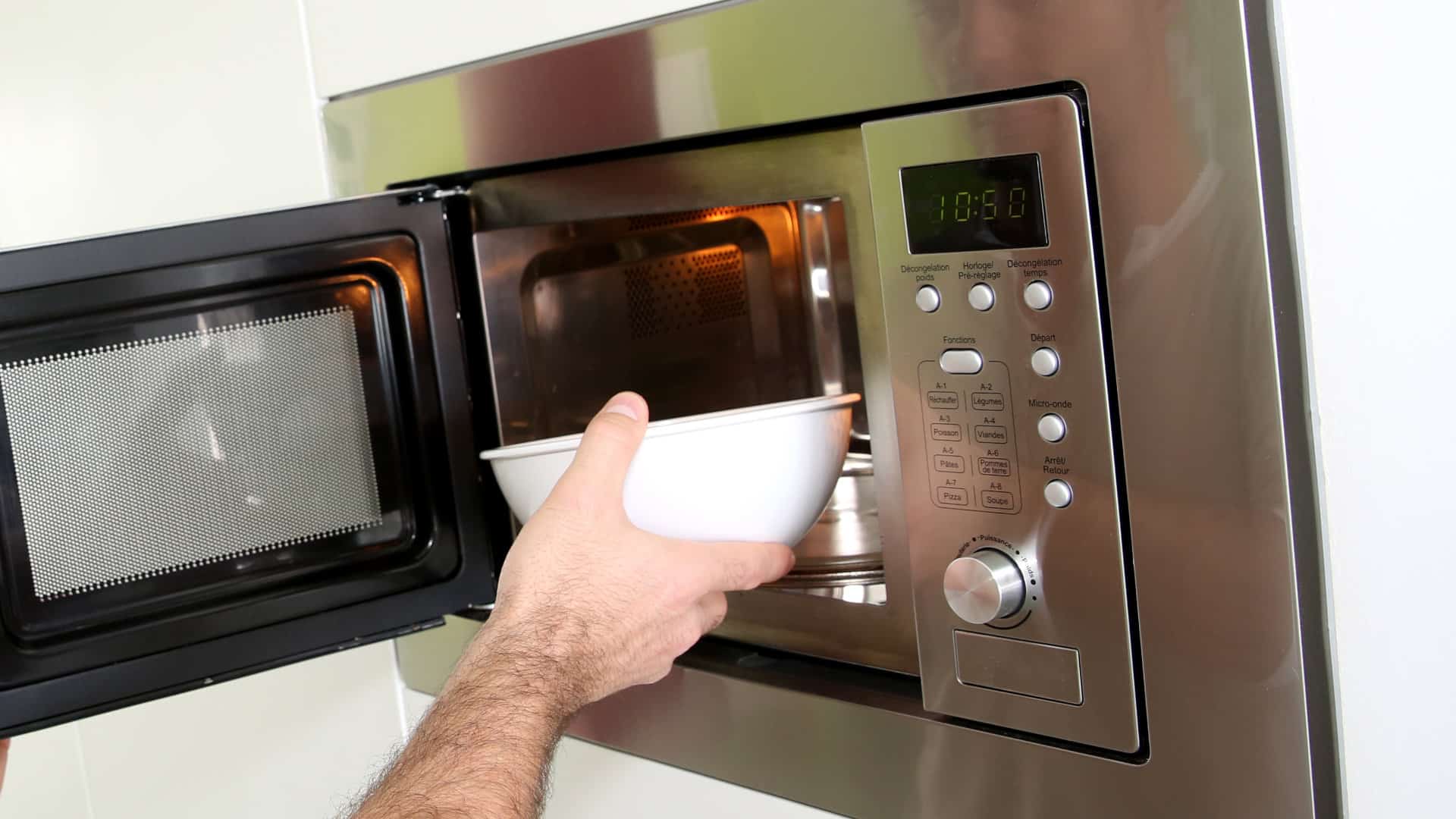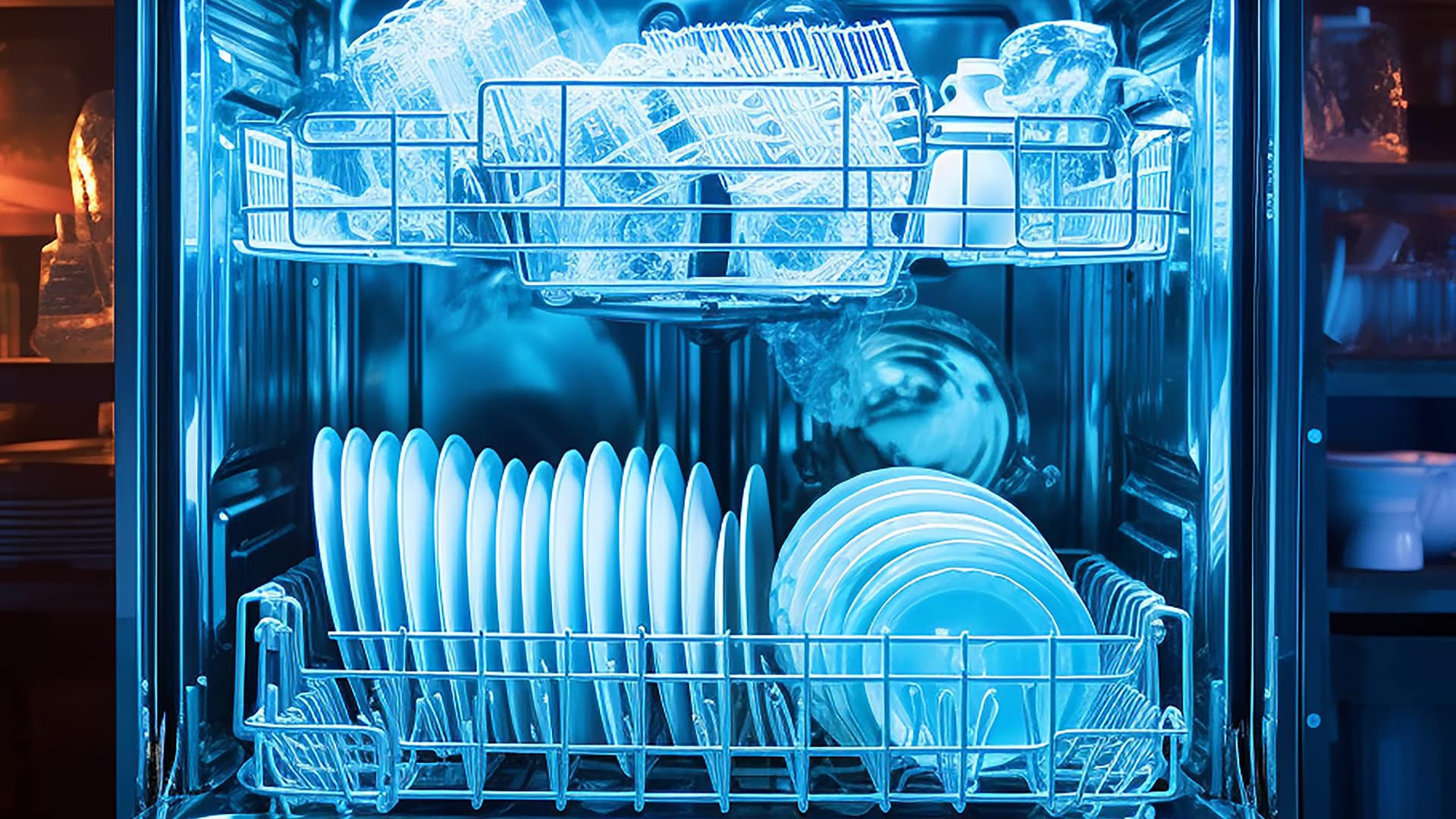
It’s always a frustrating experience – you go to open your KitchenAid dishwasher, and it’s still full of water! Sometimes, it may also display the 8-1 error code. However, don’t despair and call in a repair technician right away – there are often DIY solutions to this issue! In this article, we outline the main causes and solutions for a KitchenAid dishwasher that isn’t draining – read on to find out what to do!
This article applies to all major models of KitchenAid dishwashers, including:
4KPDI620T0
4KPDI620T1
4KPDI620T2
4KPDI620T3
4KUDA220T0
4KUDA220T1
KDFE104DSS0
KDTE104DSS0
KDTE104ESS1
KDTE204DSS0
KDTE254ESS2
KDTE334DSS0
KDTM354DSS4
KUDC10FXSS5
KUDS01FLSS0
KUDS01FLSS6
KUDS30FXSS5
KUDS30IXSS4
KUDS35FXSS5
KUDS35FXSS9
KUDS35FXSSA
Problem with the Drain Hose
The most common cause of a dishwasher that isn’t draining is an issue with the drain hose. This can be due to a blockage, a kink, or improper drain line placement. To fix this:
- Make sure the dishwasher is disconnected from the power.
- Locate the drain hose. This is usually at the back of the dishwasher – you might need to use a furniture dolly to move your dishwasher away from the wall.
- Examine the drain hose for kinks. If you see a kink, straighten it out – this may be all you need to do to fix the issue!
- If there are no kinks, you must remove the hose to check for clogs. Make sure you have some old towels on hand to dry up any water that comes out.
- Run water through the drain hose to see if it flows freely. If it appears clogged, use a long wire to clear the hose of any clogs.
- Place the hose back in the downpipe. Ensure it is firmly in place – if the end isn’t low enough, it won’t drain properly.
- Reattach the hose to the dishwasher and put the dishwasher back in place.
- Run a test cycle to see if the water is now draining.
Blocked Filter
A blocked dishwasher filter can be responsible for a KitchenAid dishwasher not draining. Ideally, you should be cleaning out your dishwasher filter every month or so, and if it is left much longer, it can get so clogged that water struggles to pass through it. This is particularly likely if you frequently wash your dishes without rinsing.
To unblock your filter:
- Locate the filter at the bottom of the dishwasher. You’ll need to remove the bottom rack in order to access it.
- Remove the filter unit. In most cases, the filter will just unscrew.
- Take the filter to the sink and rinse it thoroughly. If it is particularly clogged, you can clean it with an old toothbrush and a mild detergent.
- Put the filter back in place and try running a test cycle to see if the draining issue is fixed.
Faulty Drain Pump
If you’ve ruled out an issue with the filter or the drain hose, there could be an issue with the drain pump itself. This is a little trickier to diagnose – follow these steps to find out what to do:
To Diagnose:
- After turning off your dishwasher, access the drain pump by removing the lower front panel of your KitchenAid dishwasher. Your user manual will have specific instructions for your model.
- Use a multimeter to test if the pump is getting power. If it shows no continuity, it suggests an issue with the pump, and it will need replacing.
To Replace the Faulty Pump:
- First, order a new part. You can order one online – ensure it matches your KitchenAid dishwasher model.
- Ensure the dishwasher is turned off, and then gain access to the old pump behind the lower front panel.
- Disconnect the drain hose, ensuring you have old towels on hand to catch any spillage.
- The drain pump will be held in place with screws or clips. Remove these and lift the pump carefully out of the dishwasher. It will still be attached by wires at this point.
- Before you disconnect the wires, take a picture of how the old pump is connected. This way, you can refer back to the photo when installing the new pump.
- Disconnect the wires from the drain pump.
- Connect the wires to the new pump, and place it back, securing it with mounting clips or screws, as applicable.
- Reconnect the drain hose to the dishwasher.
- Run a test cycle to check if the dishwasher is draining correctly.
Faulty Water Level Sensor
If there are no issues with the draining system, there could be a problem with the water level sensor in your KitchenAid dishwasher. Also known as a float switch, this mechanism is responsible for detecting the water level in your machine. If this switch is faulty, it might signal to the dishwasher that the water is not at the correct level for drainage, even when it is.
To Check the Sensor:
- Locate the sensor/float switch. It is usually a small, dome-shaped device.
- Check that it moves freely up and down – if anything is obstructing its movement, that might be what is causing the issues.
- Remove any dirt or debris that is obstructing the sensor.
- If the sensor appears fine, test it with a multimeter. It should show a change in resistance when you move it up and down – if the display on the multimeter stays the same, it is probably faulty and will need replacing.
To Replace the Sensor:
- Ensure your dishwasher is disconnected from the power to avoid the risk of electric shock.
- Order a replacement water level sensor online.
- Remove the old sensor – it may need to be unscrewed, depending on the model. Disconnect it from the wires, making sure to take note of how it was connected.
- Put the new sensor in its place and rewire it.
- Run a test cycle to ensure the dishwasher is now draining correctly.
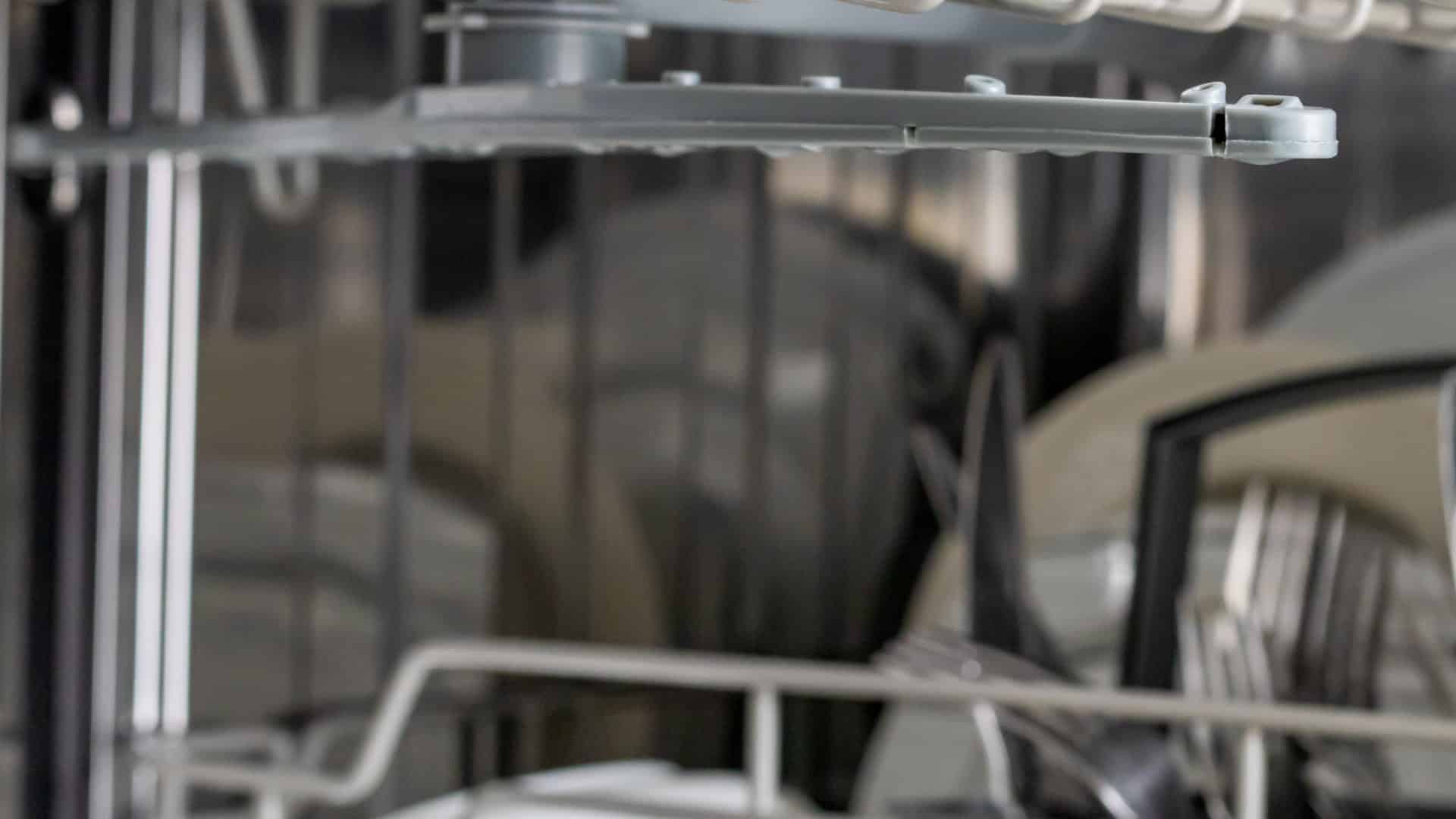
GE Dishwasher With No Power or Lights? Try This Fix
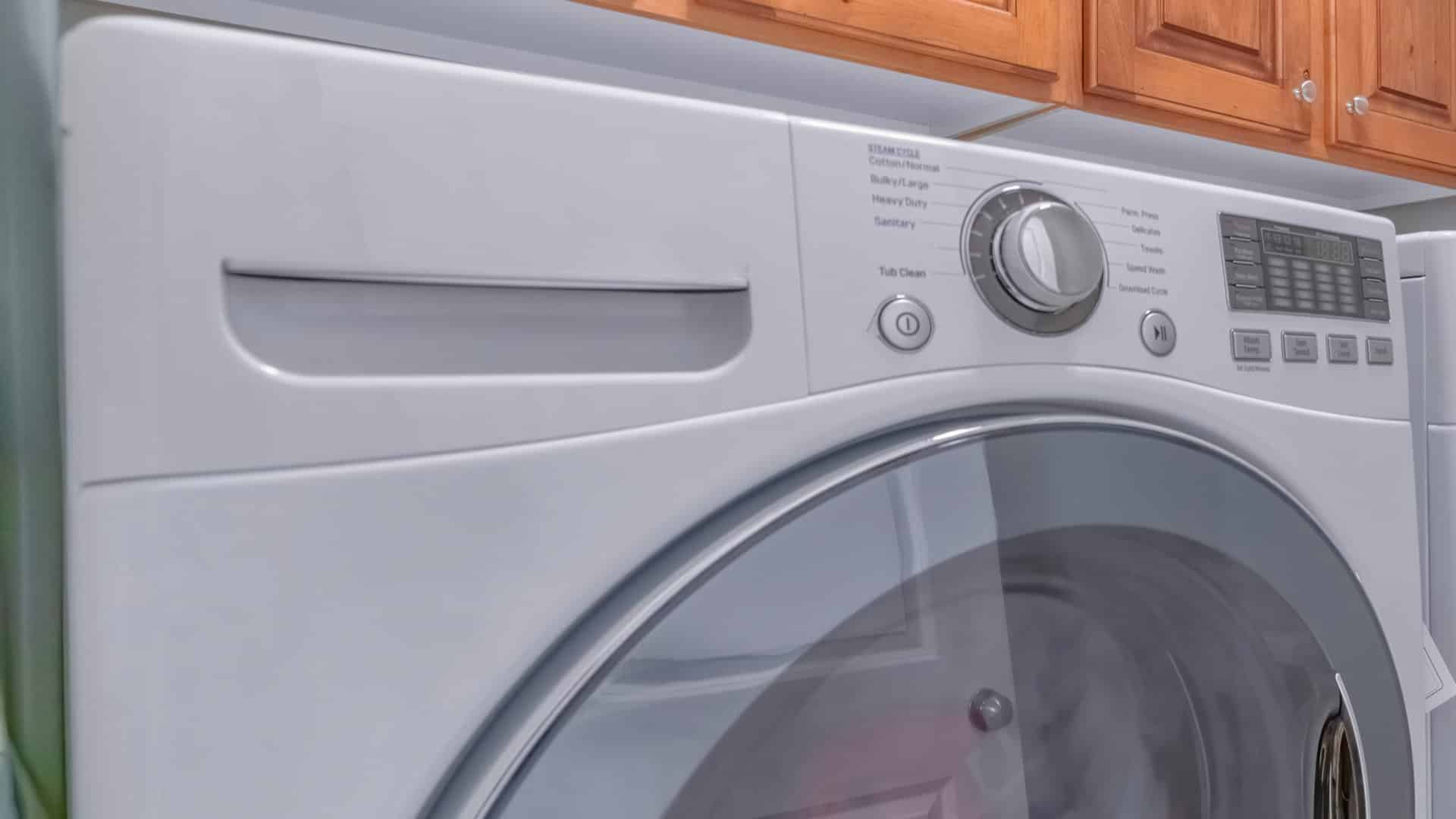
Understanding SC Code on Samsung Washer
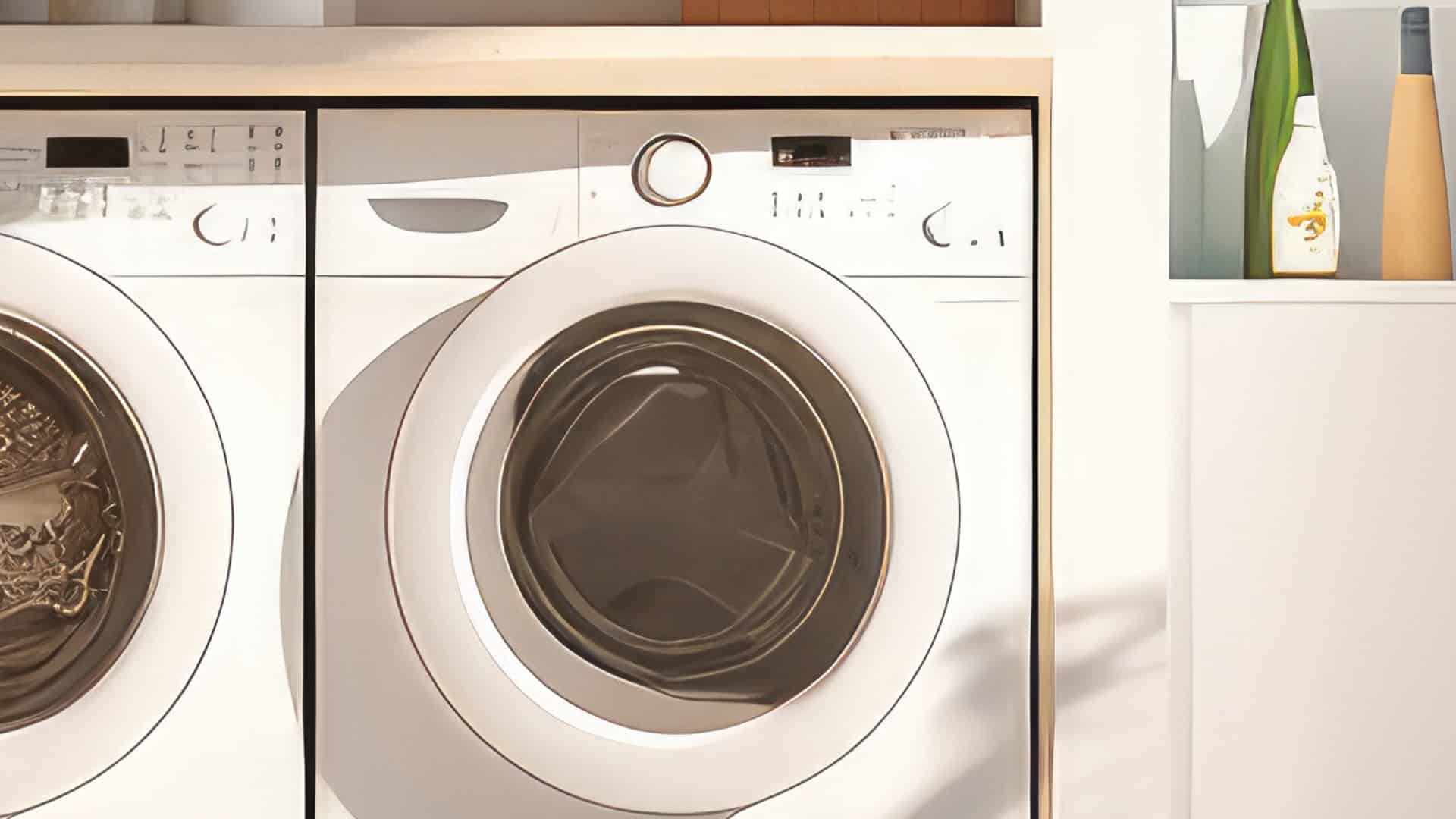
Resolving LG Dryer D80 Error Code
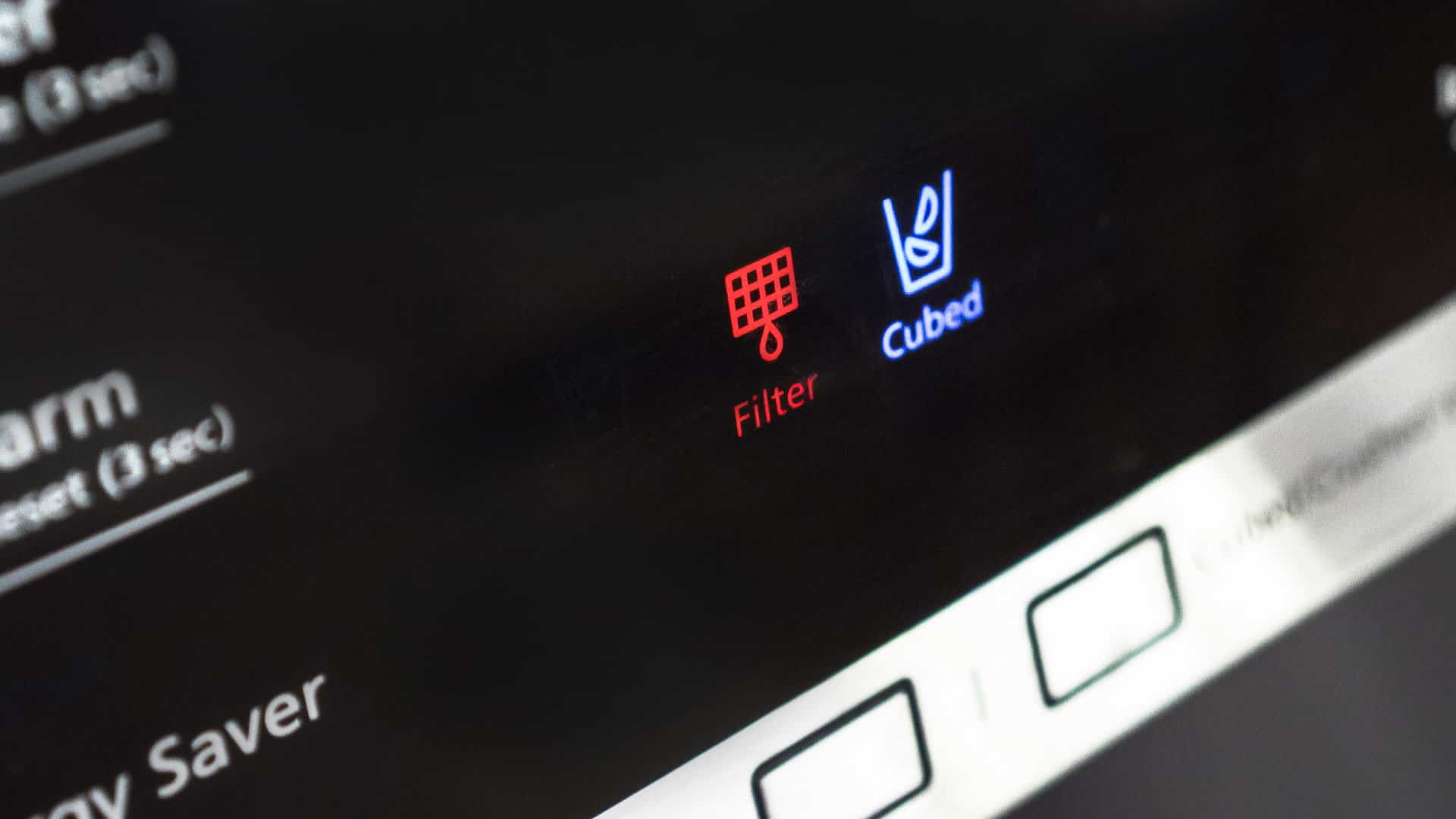
Understanding GE Refrigerator Error Codes: A Guide
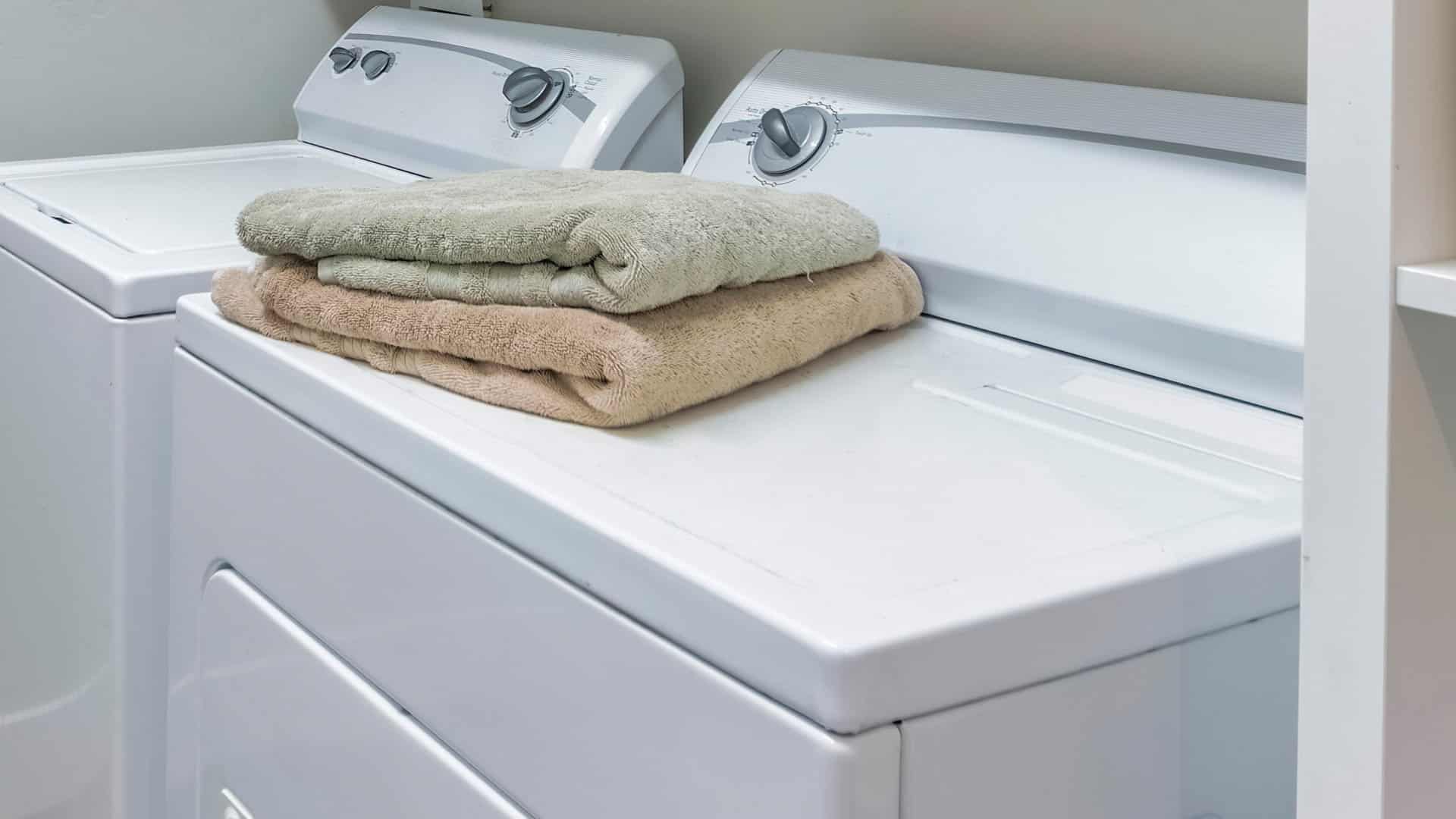
Amana Dryer Not Heating? Try These 5 Fixes
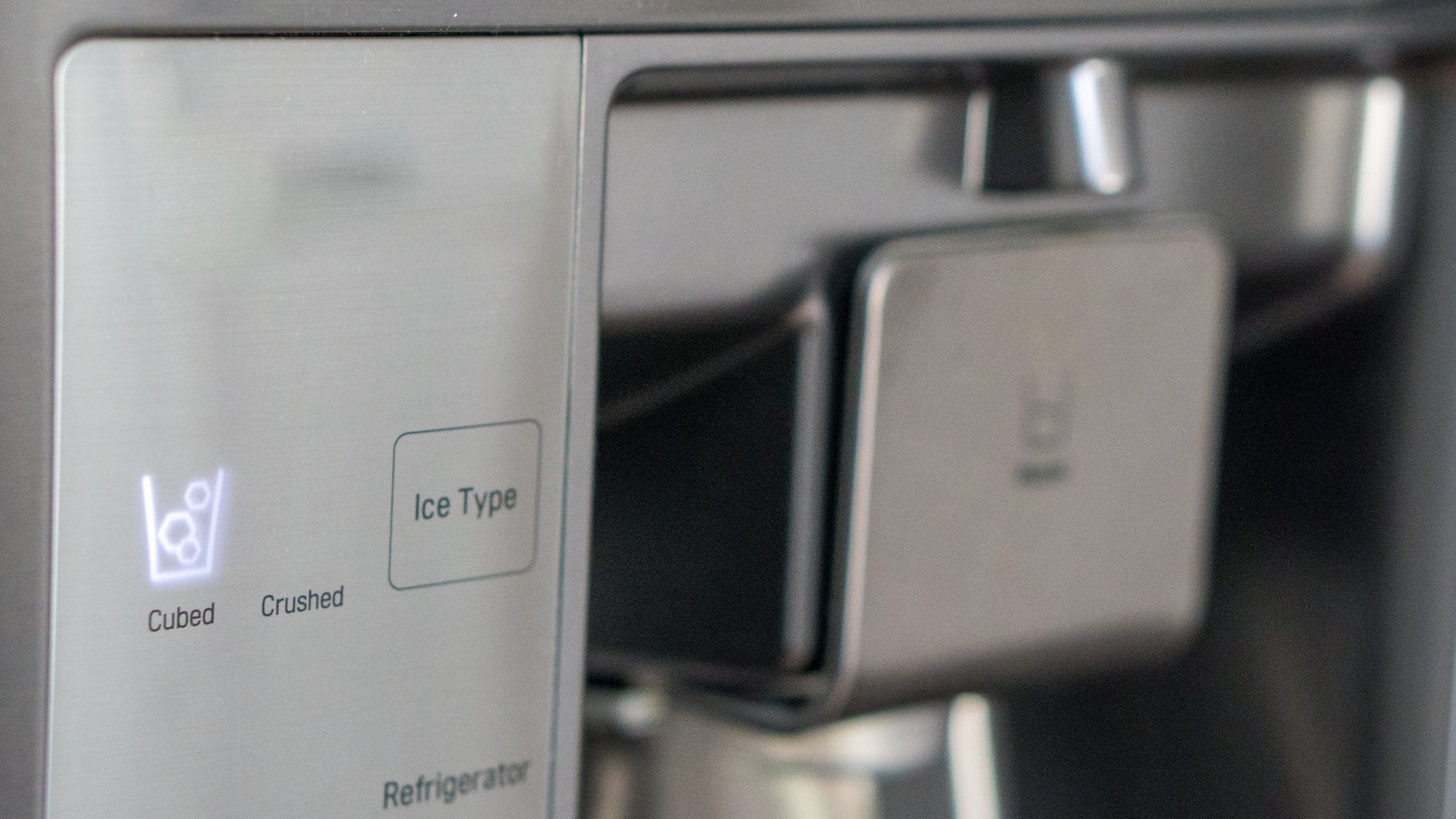
Samsung Ice Maker Issues? Here are 5 Fixes
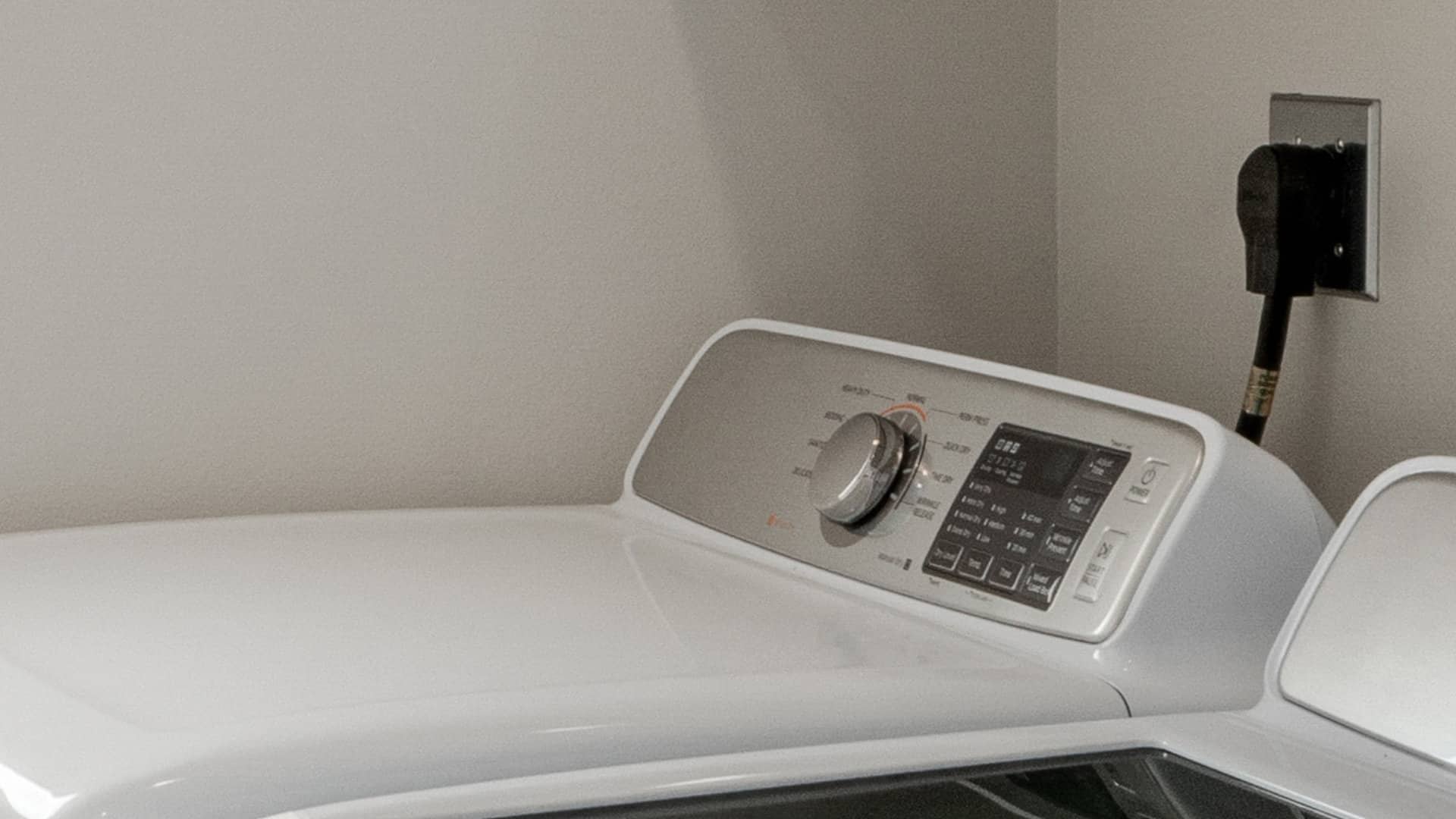
Samsung Dryer Not Heating with No Error Code? Here’s Why
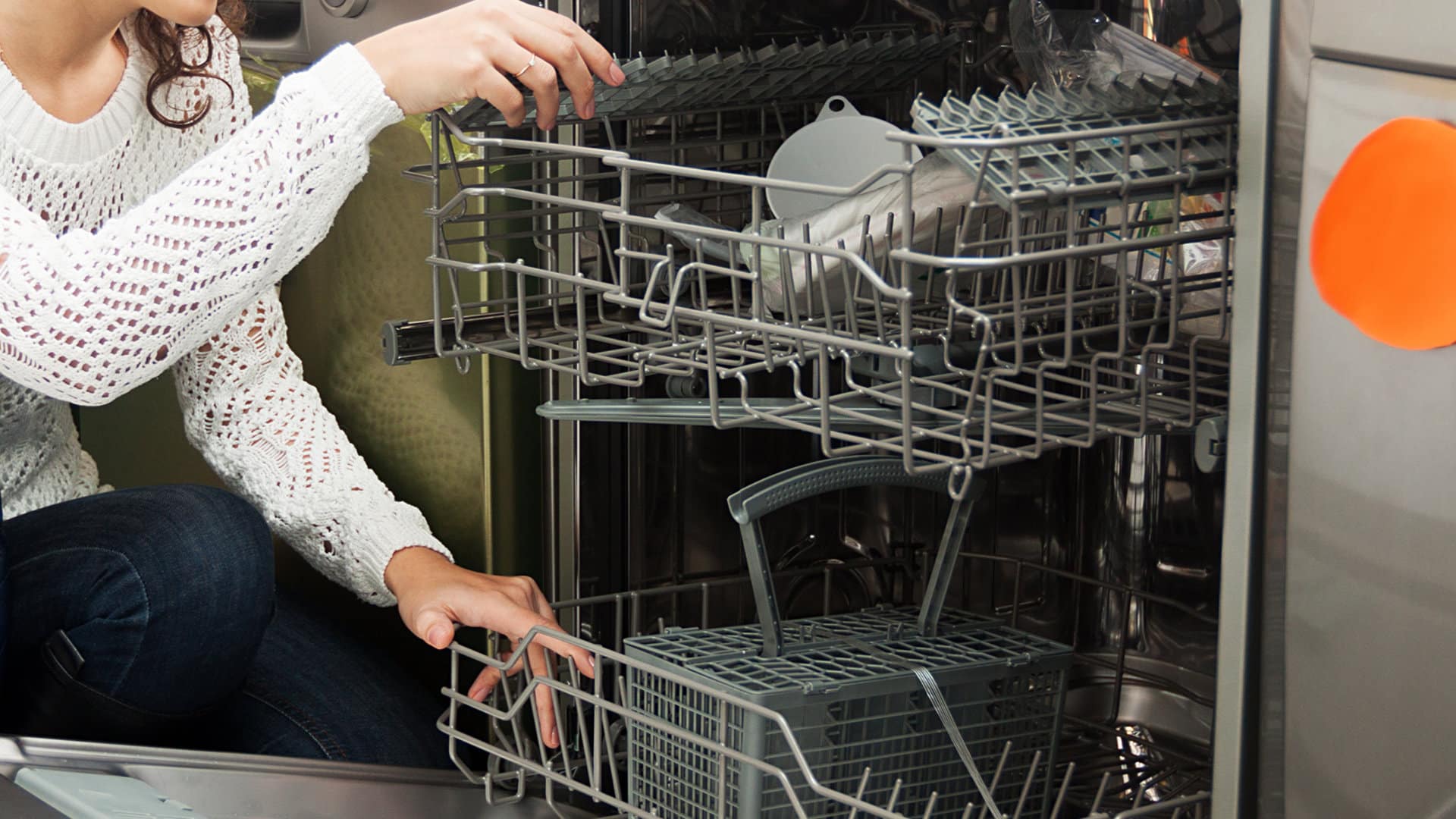
GE Profile Dishwasher Not Draining? Here’s Why
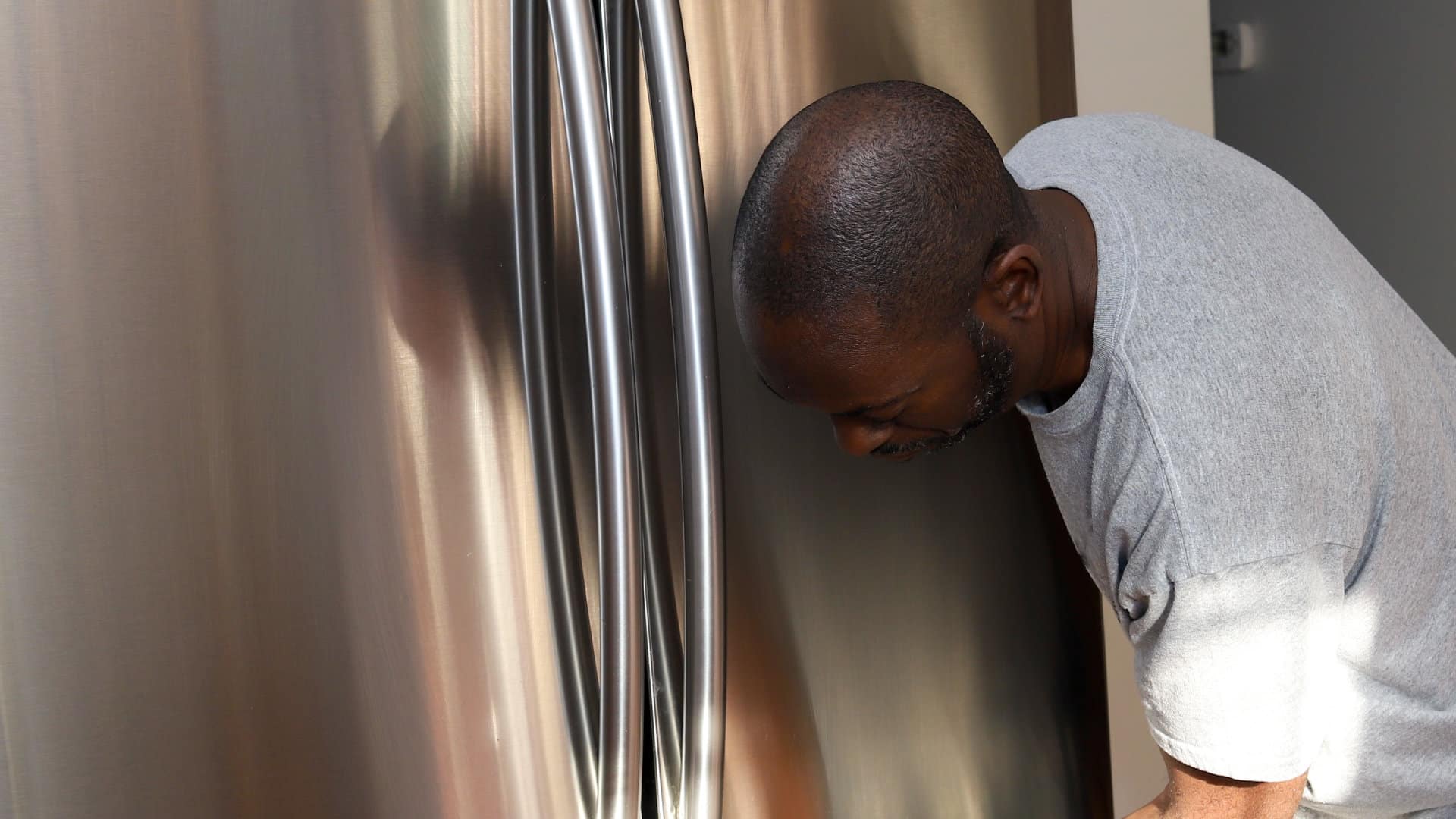
How to Replace the Filter on a Samsung Refrigerator
